Applications for Ohio Farm Bureau Health Plans now available
Members have three ways to apply: contacting a certified agent, calling 833-468-4280 or visiting ohiofarmbureauhealthplans.org.
Read MoreThere’s something special about those first fruits and vegetables produced in the backyard garden — the fresh taste, wonderful textures and vibrant colors.
But as the season extends, gardeners awash in zucchini and tomatoes often find that they have grown more than their families — and friends and neighbors — can consume. Putting up — the once-common phrase for the practice of processing and storing fresh fruits and vegetables — can prevent waste and allow gardeners to enjoy their homegrown bounty into the winter and following spring.
The most common approach to preserving fruits and vegetables is canning because it’s more versatile and results in better tasting food, said Shannon Carter, an Extension educator specializing in family and consumer science for the Ohio State University Extension in Fairfield County. It’s also possible to freeze, which requires ample freezer storage space, or dehydrate, which requires specialized equipment and results in food that’s not easily incorporated into recipes.
Regardless of the method, care must be taken to safely prepare and package the food in order to prevent the possibility of food poisoning, said Carter, who once fielded a call from someone whose improperly processed jars were exploding in the cupboard.
Whether you are new to the practice or come from a long line of canners, it’s important to follow a recipe that’s been scientifically validated from the Center for Home Food Preservation or provided by an Extension educator, adds Abby Snyder, field specialist in food safety & management and assistant professor for Ohio State University Extension.
“There’s a tendency to believe that if your family has been using the same recipe for 100 years or if you find a recipe while cruising around online that it’s inherently safe. But, those aren’t reliable indicators for evaluating safety,” she said. “If you have a specific product you want to make, start by looking for a similar recipe that’s been validated.”
After finding an approved recipe, it’s OK to reach out to the county Extension office to discuss a modification, she said. “It’s critically important that you stay within the limits of food safety guidance when preserving food in order to prevent foodborne illness, which can have severe and long-term consequences.”
The ins and outs of canning
Water bath versus pressure canner
Typically, it’s safe to preserve fruits using the water bath method, meaning the filled, sterilized jars are submerged in water in a large pot and boiled for a set amount of time to kill bacteria that can cause illness. Fruits can be preserved this way because of their high acid content.
Vegetables, which are a low-acid food, must be preserved in a pressure canner as this method uses pressure to achieve higher water temperatures. Vegetables that are only subjected to a water bath can develop potential risk for botulism poisoning.
There’s an exception for Ohio’s state fruit: It’s possible to can tomatoes – often considered a vegetable but in reality a fruit – using the water-bath method if a small amount of acid like lemon juice or citric acid is added to the jar.
No mystery about meat: Canning meat also requires pressure canning.
Fancy jars or actual canning
Some of the recipes found online – think hot fudge, barbecue sauce or mustard – may call for placing the finished product into a mason jar or other interesting glass container without processing them – that does not mean the item has been preserved and is shelf stable. In this case, the jar must be considered a container and the food stored in the refrigerator.
Infused oils and vinegars
Herb-infused oils and vinegars are often touted online as good holiday gifts, but experts warn that the oils have a short shelf life. Herbs soaking in oil present the risk of developing bacteria while herbs preserved in acidic vinegar will not. Homemade herb-infused oils should be refrigerated and used within four days.
Another herbal option: Before the first frost, do a thorough harvest of your herb plants. Fill ice cube trays about ¾ with the leaves and then add water. Once the cubes are frozen, store them in a freezer safe bag and add to soups and sauces all winter long.
Good Gift Ideas
The best canned gifts, according to food preservation experts, are those that don’t need preserved. Dry mixes for soups or baked goods, granola or dried seasoning mixes make a safe food gift.
The dos and don’ts of preserving food:
Photos submitted by Shannon Carter

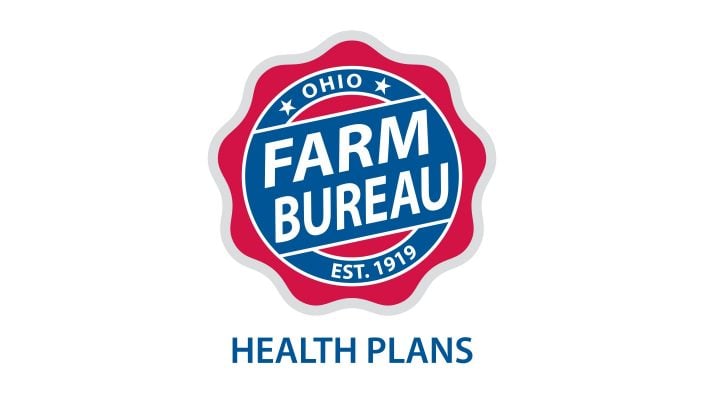
Members have three ways to apply: contacting a certified agent, calling 833-468-4280 or visiting ohiofarmbureauhealthplans.org.
Read More

Bill Patterson, Cy Prettyman and Adele Flynn will continue to serve as officers for Ohio Farm Bureau Federation.
Read More
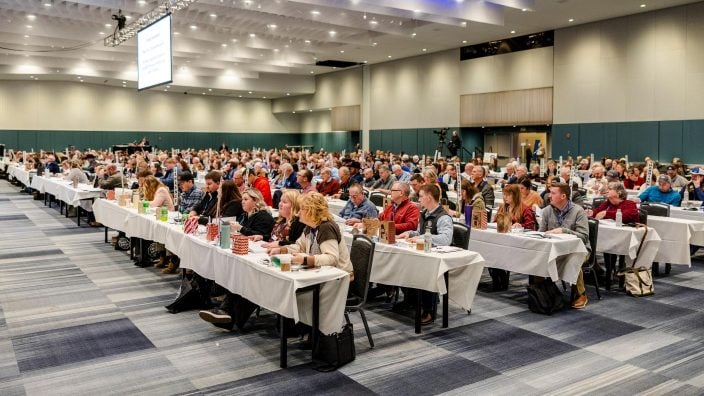
Delegates discussed many topics impacting agriculture including farmland preservation, local foods, and succession planning.
Read More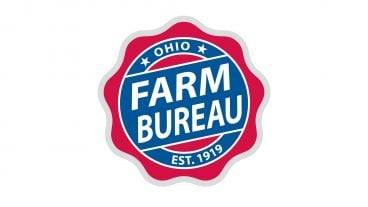

Twenty-six farmers govern the state’s largest farm and food organization.
Read More

The 2025 recipients are Fred Cooke (posthumous) of Richland County, Marvin Dietsch of Williams County, Steven Knollman of Hamilton County and Michele Miller (posthumous) of Ottawa County.
Read More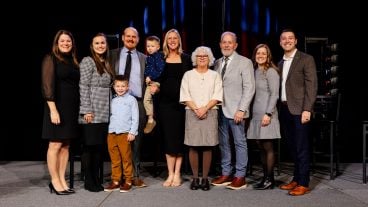

Nathan and Jill Parriman grow seasonal crops, including Christmas trees, pumpkins and cut flowers, providing U-cut experiences that invite customers to engage directly with agriculture.
Read More

The 2025 Distinguished Service Award recipients are Craig Adams, Mike Townsley, and Kellogg Farms, Kurt Farms and Stateler Family Farms.
Read More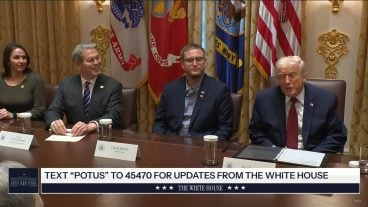

Ohio Farm Bureau Treasurer Adele Flynn participated in the meeting, representing Ohio farmers.
Read More

For Ohio and PJM region, the outlook is reassuring—ample reserves and strong planning should keep the power on.
Read More

The average price for a classic holiday feast for 10 in Ohio will cost $55.87.
Read More